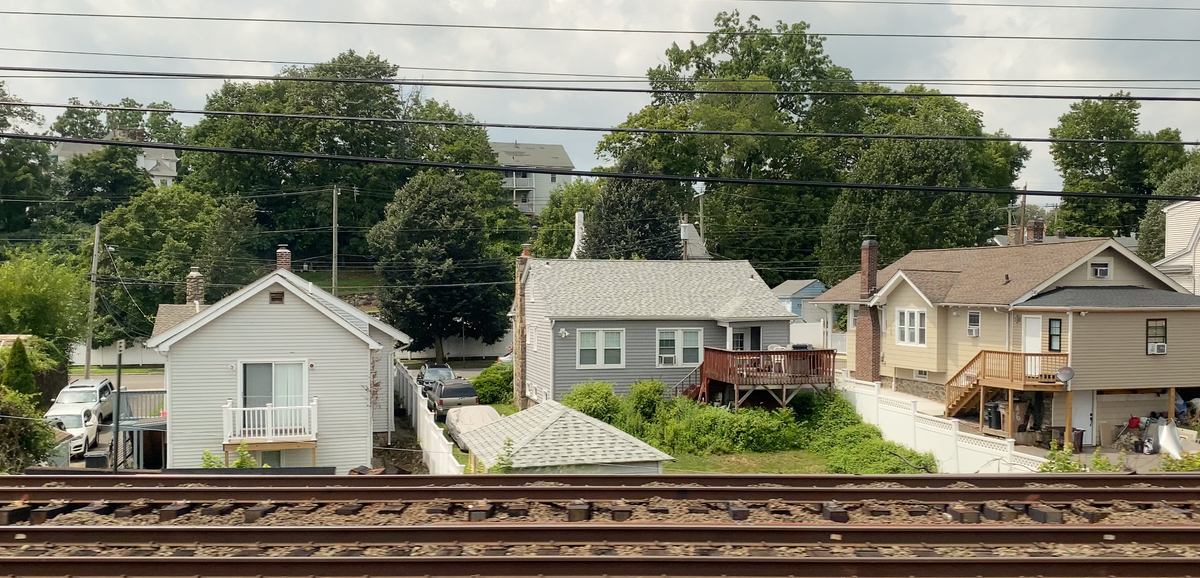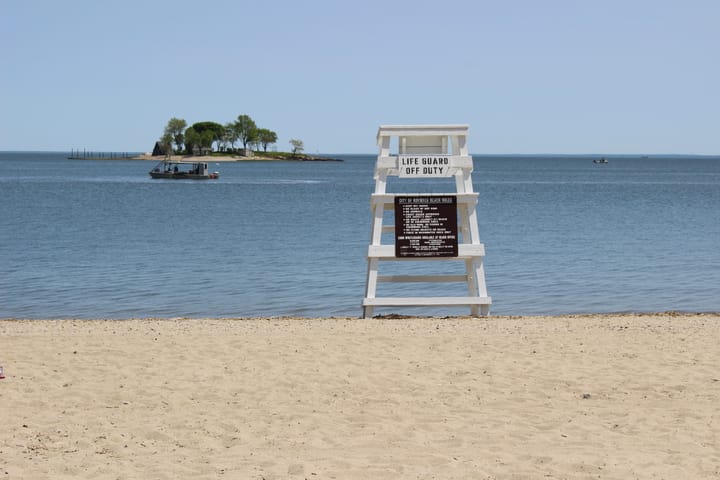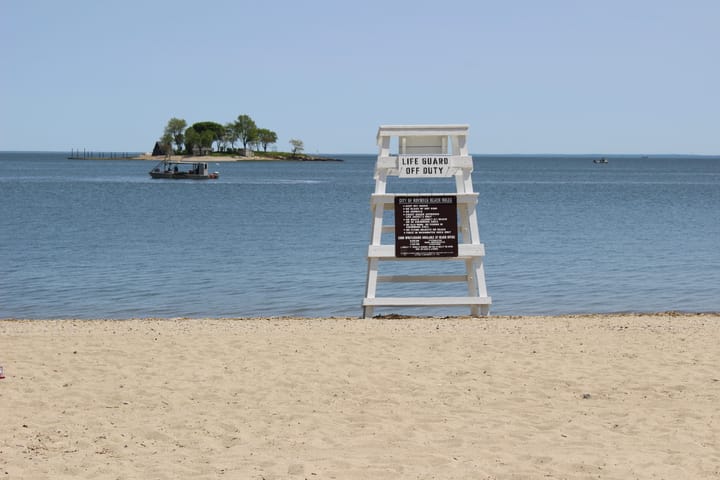Creating Affordable Home Ownership: Ideas from Southwest Connecticut
From cottage clusters to nonprofit partnerships, see how communities across southwest Connecticut are working to add homeownership opportunities.

Across southwest Connecticut, communities are exploring and advocating for ways to increase the amount of affordable homeownership opportunities, as the region deals with an affordable housing shortage. A 2022 report from the Partnership for Strong Communities found that housing costs in Connecticut are the 10th highest in the country.
Almost 25% of renters in Fairfield County are cost-burdened, meaning they spend 30 to 49% of their income on housing costs, while an additional 30% are severely cost-burdened, meaning they spend more than 50% of their income on housing, according to an April 2021 report from the Urban Institute, a nonprofit research organization.
That’s part of why, as communities around the region think about ways to add affordable housing options, many are exploring ways to increase affordable home ownership opportunities in addition to adding affordable rental units.
In Fairfield, the city is partnering with Habitat for Humanity of Coastal Fairfield County to build some affordable homes. In Westport, planning and zoning officials are exploring allowing “cottage cluster” districts to provide affordable homeownership opportunities.
In Stamford, the mayor recently signed an executive order calling, in part for “the creation of more homeownership opportunities.”
In Norwalk, planning and zoning officials are debating whether changing the zoning from one-family to two-family would create more ownership opportunities. Officials are also asking developers to consider revising plans for proposed rental housing units into ones that can be owned.
Why Home Ownership?
About two-thirds of Connecticut households own their homes, but that number varies widely by race and ethnicity—76% of white residents across the state own their homes, while only 57% of Asian residents, 40% of American Indians residents, 39% of Black residents, and 34% of Latino residents own their homes, according to a 2021 report from the Urban Institute.
The report, titled Housing Connecticut’s Future: Meeting the State’s Affordable and Accessible Housing Needs, noted that “in addition to providing housing stability, owning a home can be a path toward wealth-building and economic self-sufficiency.”
Homeowners across the region are also less cost-burdened than renters. The April 2021 report from the Urban Institute found that 18% of owners are cost-burdened and 15% are severely cost-burdened across Fairfield County.
Those are some of the reasons why communities are looking to increase home ownership opportunities. Here’s a few ideas that southwest Connecticut communities are exploring.
Nonprofit Partnerships
Earlier this year in Fairfield, the town approved an agreement with Habitat for Humanity of Coastal Fairfield County to build four affordable homeownership housing units on Greenfield Street. The town purchased the property and is leasing it to the nonprofit for $1 a year.
Carolyn Vermont, the chief executive officer for Habitat for Humanity of Coastal Fairfield County, told the town’s Affordable Housing Committee in July that she was glad to be able to build in Fairfield.
“I’m excited for this opportunity,” she told the committee at its July 12 meeting. “Habitat has never built in Fairfield before. I love Fairfield, I spent a lot of years at Fairfield for my undergrad and graduate degrees…so to have an opportunity for Habitat’s families to live in Fairfield, is a true blessing.”
So far, the local Habitat chapter has built 280 homes in their region, which covers coastal Fairfield County, according to Kevin Moore, the nonprofit’s chief operating officer, with the vast majority located in Bridgeport. He noted that outside of Bridgeport, they’ve done seven townhomes in Stamford and about 25 in Stratford.
“We build our homes keeping our costs as low as possible—using a bunch of donated material, as much donated labor as we can get and then we sell the homes to low-income homeowners, say between 40 and 70% of the area median income,” Moore explained to the committee. “We sell them with a 30-year interest free mortgage and that’s what really makes our homes affordable. So they purchase the homes, the sale price is set not to exceed 30% of their monthly income…The homeowners are kind of getting an upfront subsidy as well as a 30-year interest free mortgage. That’s really what’s necessary to keep it affordable at that income level.”
Habitat residents also don’t have to come up with a down payment but instead put “sweat equity” into building the homes, which usually includes about 150 hours per adult in the family.
Moore said that they’re “anxious to build more in Fairfield,” calling the town an “obvious logical partner.” He said their biggest challenge is the cost of acquiring property in the region since it’s very expensive and Habitat doesn’t pass the cost onto the homeowners.
On average, Habitat builds about 10 to 12 homes a year in the region, Moore said, but “a significant financial gift” of $5 million from philanthropist Mackenzie Scott last year will hopefully help them increase their work.
“One of the driving aims with that gift is expanding affordable housing opportunities in communities where there aren’t as many,” Moore said.
Cottage Clusters
This past week in Westport, the Zoning Regulation Revision/Sustainability Subcommittee began reviewing and discussing adding “Cottage Cluster” developments to their zoning regulations.
“The purpose of this section is to promote sustainable development practices through smaller, more efficient housing and effective use of residential land, increase the diversity of housing choices by allowing for a grouping of smaller, single-family dwellings on one lot, and to provide additional below market rate housing within Westport, located on lots owned by the Town of Westport,” a memo from the draft proposal reads.
The proposed regulations would only allow cottage clusters on sites that are owned by the town, located near main roads, and have a lot size of at least .75 of an acre. The regulations state there would be no more than 5 of these types of developments allowed in the town and at least 200 square feet on the site must be for “usable open space,” like a park for the residents.
“This section will provide centrally located and functional common open space that fosters a sense of community and openness within the cottage development,” the memo reads.
All of the cottage units would be affordable and available to those who are under 80% of the area’s median income.
Aicha Woods, director of Fairfield County's Center for Housing Opportunity, a nonprofit that facilitates collaborations between organizations and government entities to “promote the production and preservation of housing that is affordable, available, and accessible to all residents,” wrote a letter in support of the proposal.
“We are excited about the innovative model of much needed diverse housing types that is proposed in the draft,” she wrote. “The Cottage Cluster is a great model to consider for shared equity homeownership, to reduce cost to residents and ensure long term affordability.”
Woods asked the committee to consider expanding the clusters beyond town-owned land, allowing for duplexes, triplexes, and fourplexes which could keep the look of cottages but are a “more efficient use of land, more cost effective, and more sustainable,” and deed-restrict the properties to make sure they stay affordable.
The committee will continue working on the draft regulations over the next few months with a public hearing on the proposal, potentially coming in the fall.
Executive Action
In June, Stamford Mayor Caroline Simmons signed the city’s first affordable housing executive order. The order calls a variety of measures to increase the amount of affordable housing in the city—both rental units and homeownership opportunities—including “the equivalent of 1,000 new or substantially renovated affordable units by 2025, and the development of 2,443 new affordable units by 2033.”
Simmons, in a statement, called the housing crisis “one of the defining issues of our time.”
“No city or town—no matter your size or location—is immune from the rising cost of living, lack of affordable housing options, and access to homeownership opportunities,” she said in the statement. “I believe we have a moral obligation to do whatever is necessary to ensure every person who wants to live in our City is able to access quality, affordable, and safe housing.”
The order instructs “all departments, elected and appointed boards, and quasi-governmental or city-funded agencies to prioritize” certain projects and areas in their work, including the “creation of more homeownership opportunities.”
A few of ideas outlined in the executive order include utilizing funds in the Affordable Housing Trust, particularly through the fee-in-lieu program where developers put money in the trust fund for affordable units to “partner with affordable housing providers” and “ideally prioritize development of new affordable units for homeowners and extremely-low-income rental housing,” and exploring “further expanding the HOME Down Payment Assistance Program using existing Community Development funds” to help lower income residents with down payment funds.
Zoning Changes
One of the other actions listed in Simmons’ order is to “propose rezoning to support higher density residential development in areas around commercial and transit hubs, allowing more affordable housing and transit-oriented development goals in alignment with the City’s climate strategy.”
Norwalk is currently weighing whether to upzone some of the neighborhoods in the city that are currently zoned for single-family houses to allow for two-family homes. Steve Kleppin, the city’s director of planning and zoning, wrote in a memo that this proposal came from wanting to add “missing middle housing,” or housing options that fall between a single family home and a large apartment building, and concentrate housing closer to transit.
“In Norwalk, we generally see two types of housing units which are single-family homes (about 50% of our housing stock) and larger multifamily dwellings (about 16% of our housing stock),” Kleppin wrote in the memo. “To increase housing affordability and availability, the premise is to allow for more growth around our mass transit facilities, job centers and where our major infrastructure is located.”
The memo stated that across the city right now there are about 2,250 two-family residences.
“There are 1,320 two-family residences that appear to be owner-occupied (59%), 543 that are non-owner-occupied but have a Norwalk billing address (24%) and the remaining 387 are non-owner-occupied and have a billing address outside of Norwalk (17%),” the memo read.
But some members of the public and members of the Planning and Zoning Commission have raised concerns that allowing two-family houses wouldn’t necessarily increase ownership opportunities if they were bought by investors who then rented them out.
“I’ve seen what absentee landlords can do to destabilize a neighborhood,” Commissioner Mike Mushak said at a meeting in July, covered by NancyonNorwalk. “That’s a term that we live and breathe every day here in Golden Hill because we’ve seen that a bad landlord can destabilize a whole section of our neighborhood—as soon as trash is out in front and not picked up, and rules are broken and people parking on the front lawns, it tends to spread.”
Both Mushak and fellow Commissioner Ana Tabachneck, who said that she wasn’t necessarily against upzoning some proposed areas to two-family zones, stated they were concerned that converting some single-family homes into two-family homes wouldn’t aid in home ownership.
“I don’t want to see single family homes, that could be owner occupied or rented, removed from the market and replaced with double rentals across the board, because I just think that’s not just an increase in opportunity, that’s also a loss of something,” Tabachneck said at that meeting.
The debate over upzoning has caused many to speak out against the proposal, including the almost 900 residents who signed the “Save Norwalk Neighborhoods” petition and Mayor Harry Rilling, who called on the Planning and Zoning Commission to back away from this proposal.
“Take a step back and really sit down and think about what is appropriate for the city of Norwalk,” he told the commission at its first public hearing on the proposal in June.
Adding Ownership Units to Proposed Developments
But while the Norwalk Planning and Zoning Commission continues to discuss and revise the plans for upzoning with another potential public hearing coming in the fall, some members have been asking developers to look at including ownership units in their proposed projects.
For example, the commission will open the public hearing this week on plans for 204 housing units at West Avenue and Maple Street, at the site of the former YMCA building. At a meeting two weeks ago, when commissioners were reviewing the application, some commissioners asked the developer to consider converting some of the proposed units into ones that could be owned.
“We’ve been talking a lot about making purchasing a home in Norwalk more affordable,” Commissioner Tammy Langalis said. “I would really like to advocate that it be investigated that these units, however many there be, whether it’s 204 or whatever the number is, that the developer really look to making these condominiums for purchase.”
Other Ideas
The Partnership for Strong Communities released a case study in March 2023 addressing strategies to help create “wealth-building opportunities through affordable housing.” One idea was creating a “rent-to-program,” like one run in Cleveland, that allows tenants the opportunity to purchase their home after renting for a set time period.
Help Our Housing Coverage!
One of our goals at Coastal Connecticut Times is to better understand and cover the issues that affect members of the southwest Connecticut region, particularly related to housing. We’ve created a form in English and Spanish where you can weigh in on how housing-related issues have affected you and your community. We’re going to continue to cover this issue and would love your feedback and support.



